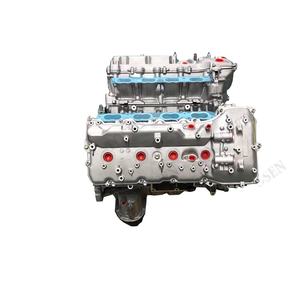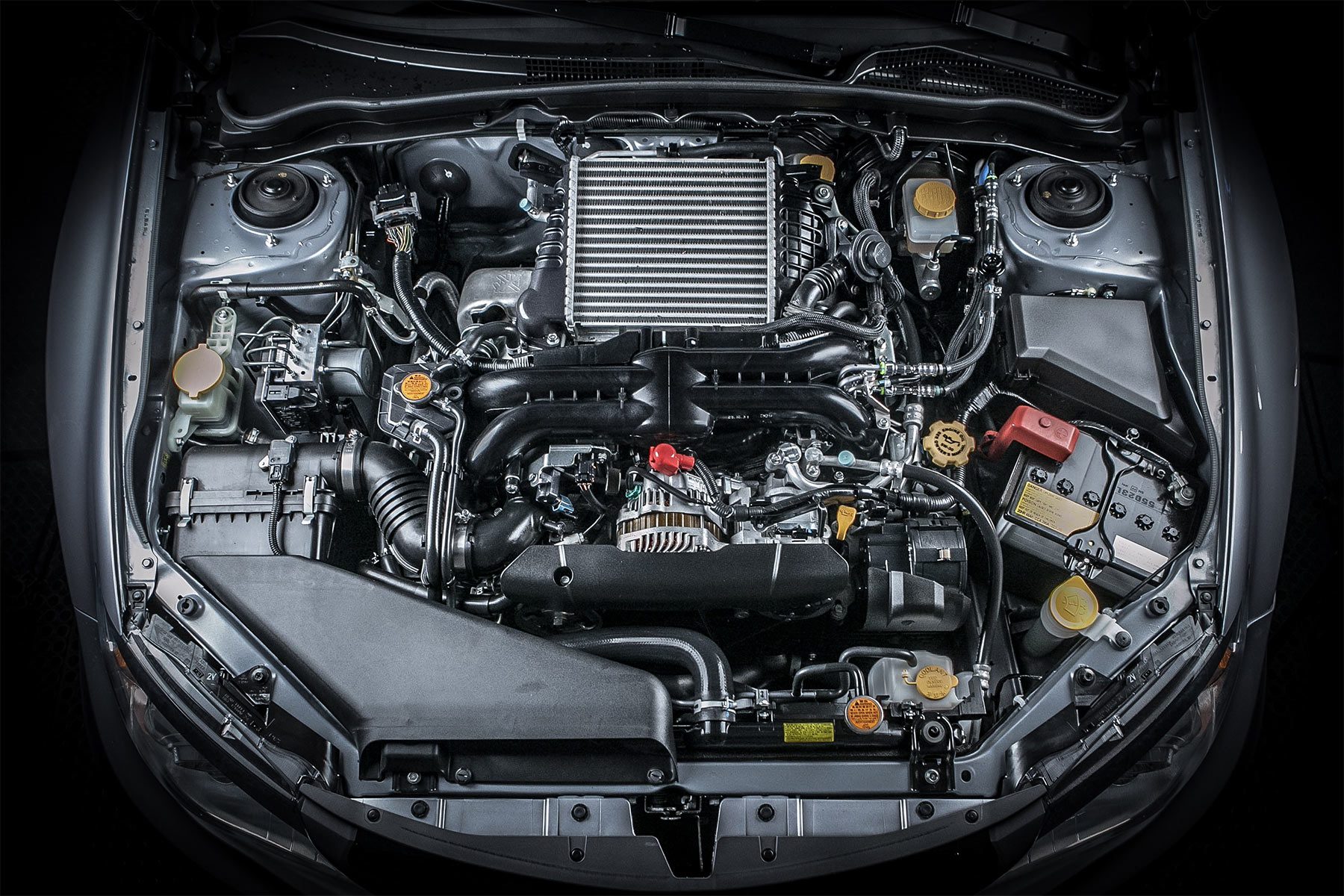The Advantages of Using Import Engines for Automobile Repairs
The Advantages of Using Import Engines for Automobile Repairs
Blog Article
Checking Out the most up to date Technical Advancements in Import Engines and How They Enhance Driving Experience
In the realm of automobile engineering, the landscape of import engines is undertaking an extensive makeover driven by cutting-edge technical advancements. From the evolution of turbocharged engines to the integration of crossbreed innovation, the most up to date innovations are changing the driving experience in ways previously unthinkable. As import manufacturers press the boundaries of efficiency and effectiveness via improved gas injection systems and innovative engine administration remedies, the question arises: How do these advancements truly influence the means we communicate with our automobiles when traveling?

Advancement of Turbocharged Engines
In the auto market, the evolution of turbocharged engines has actually significantly changed the landscape of performance and efficiency. Turbocharging, once largely seen in high-performance cars, has now become a mainstream technology embraced by a vast array of lorries, from portable hatchbacks to high-end sedans. The fundamental principle behind a turbocharged engine is simple yet efficient - by requiring even more air right into the combustion chamber, it permits more gas to be melted, causing increased power result.
One of the vital advantages of turbocharged engines is their ability to supply even more power from smaller, more fuel-efficient engines. This downsizing pattern has actually brought about a decrease in emissions without endangering efficiency, making turbocharging an attractive choice for car manufacturers making every effort to meet strict environmental guidelines. Turbocharged engines use improved torque at lower RPMs, giving chauffeurs with a much more responsive and dynamic driving experience.
As modern technology remains to development, we can anticipate further developments in turbocharging, leading to even higher degrees of performance and effectiveness in the automobile sector.
Developments in Fuel Shot Equipments
Modern gas shot systems have actually progressed to deliver fuel extra successfully and precisely right into the engine cylinders, boosting total engine performance and gas efficiency. One of the crucial innovations in gas injection systems is the change from traditional port fuel injection (PFI) to even more sophisticated direct gas injection (DFI) technology.
Furthermore, the integration of digital control units (ECUs) and sensors in gas shot systems has permitted for real-time adjustments to fuel distribution based on different aspects such as engine load, temperature, and driving conditions. In addition, innovations in fuel injector design, products, and spray patterns have contributed to cleaner combustion and smoother engine procedure.
Assimilation of Crossbreed Innovation
The development of fuel shot systems in the direction of greater efficiency and performance has set the stage for the smooth integration of hybrid technology right into contemporary engines. Crossbreed innovation integrates making use of traditional interior combustion engines with electric propulsion systems, offering enhanced fuel efficiency and decreased exhausts. By integrating electric motors and batteries right into the powertrain, hybrid engines can supplement the inner combustion engine throughout acceleration or low-speed driving, consequently improving total efficiency.

Boosted Engine Monitoring Systems
What are the key developments in engine administration systems that are improving the efficiency and efficiency of modern engines? Engine monitoring systems have actually undergone substantial improvements to optimize engine efficiency and efficiency. One vital technology is the assimilation of innovative sensing units that constantly keep an eye on various specifications such as engine resource temperature, air-fuel ratio, and exhaust discharges. These sensing units supply real-time information to the engine control unit (ECU), permitting exact modifications to be made to maximize combustion procedures and gas efficiency.
Moreover, modern engine administration systems use advanced algorithms and expert system to examine the information accumulated by sensors and make vibrant changes to elements such as ignition timing, gas injection, and turbocharger increase pressure. This level of accuracy and adaptability outcomes in improved engine responsiveness, raised power outcome, and decreased gas usage.
Additionally, engine monitoring systems currently feature sophisticated diagnostic capacities that can identify and deal with concerns such as misfires, sensor malfunctions, and gas system irregularities in real-time, therefore enhancing general engine reliability and longevity. These improvements in engine management systems play an essential function in boosting the driving experience by providing ideal performance, fuel effectiveness, and reliability.
Effect of Lightweight Materials
Including light-weight materials in engine manufacturing has actually revolutionized the automotive market's method to enhancing fuel effectiveness and efficiency. Using products such as carbon aluminum, fiber, and titanium has significantly decreased the overall weight of engines, resulting in enhanced power-to-weight proportions and boosted fuel economy. These lightweight materials provide a greater strength-to-weight proportion compared to typical materials like steel, permitting greater sturdiness without compromising performance.
One of the crucial benefits of utilizing lightweight materials in engine building and construction is the reduction of inertia, resulting in quicker engine feedback times and improved overall vehicle dexterity. Furthermore, the lighter weight adds to decrease power intake, making vehicles extra environmentally see post friendly by lowering exhausts.
In addition, the implementation of lightweight products in engine elements such as pistons, attaching poles, and crankshafts has actually made it possible for designers to press the boundaries of efficiency without compromising integrity (import engines). This innovation has actually led the way for more powerful and reliable engines that supply a remarkable driving experience while fulfilling strict discharges criteria
Final Thought
Finally, the most recent technological innovations in import engines have significantly enhanced the driving experience. From the development of turbocharged engines to innovations in gas shot systems, combination of hybrid modern technology, improved engine monitoring systems, and making use of lightweight products, these developments have jointly improved performance, gas effectiveness, and general driving characteristics. As modern technology remains to advance, we can expect a lot more exciting growths in the future of import engines.
Modern fuel shot systems have actually evolved to supply gas much more successfully and specifically into the engine cylinders, improving total engine efficiency and gas efficiency - import engines. By incorporating electrical motors and batteries into the powertrain, hybrid engines can supplement the internal combustion engine during velocity or low-speed driving, therefore boosting overall performance
What are the crucial innovations in engine management systems that are enhancing the efficiency and performance of modern engines? Engine administration systems have actually gone through significant advancements to optimize engine performance and efficiency. From the evolution of turbocharged engines to developments in gas injection systems, assimilation of hybrid modern technology, enhanced engine monitoring systems, and the use of light-weight products, these advancements have actually jointly improved efficiency, fuel performance, and general driving why not check here characteristics.
Report this page